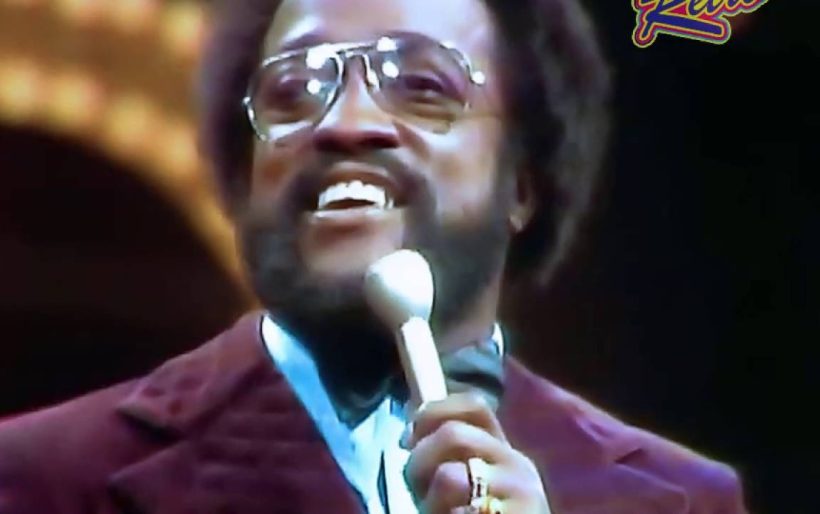
Billy Paul | still from video
The Essential Love Songs of Philadelphia: “Me and Mrs. Jones” by Billy Paul
Every day leading up to Valentine’s Day this year, The Key is recapping 14 songs that scream “love” just as strongly as they scream “Philly.” The Essential Love Songs of Philadelphia continues with “Me and Mrs. Jones” from Billy Paul’s 1972 album 360 Degrees of Billy Paul.
Back in the day, in the late 60s and 70s, Kenny Gamble and Leon Huff’s Philadelphia International Records produced their share of incredible love songs. From “Expressway To Your Heart” by the Soul Survivors and “La La Means I Love You” by The Delfonics, to The Spinners’ “Then Came You” and the smooth soul of “You’ll Never Find Another Love Like Mine” by Lou Rawls, L-O-V-E was this label’s bread and butter. That’s to say nothing of Philly International’s ultimate love man, Teddy Pendergrass, whose songs illustrated the full range of love; requited, unrequited, and in the timeless ballad “If You Don’t Know Me By Now” (recorded in 1972 with Harold Melvin & The Bluenotes), tortured love.
But three months later, in December 1972, the now-classic R&B song “Me and Mrs. Jones” sat atop the Billboard Hot 100 in the number one spot for three weeks. The ballad — sung by Philly International legend Billy Paul (originally from just across the river, in Blackwood, New Jersey) and written by Gamble, Huff, and Cary Gilbert — was about marital infidelity, a secret love, and sung from the man’s perspective. On top of a smooth, sultry groove, and a memorable, dramatic string arrangement that heightened the tension of the affair, Paul sings “We both know it’s wrong, but it’s much too strong to let it go now,” about their daily meeting (“the same place, the same cafe, the same time”).
In an interview Gamble and Huff did with Fresh Air’s Terry Gross, Kenny Gamble told the story of the song’s origins:
“This guy used to come into the bar every day – little guy that looked like a judge. We’re songwriters, so we’re always thinking about a song. The next day he came in again, and every day after he’d come in, this girl would come in 10 to 15 minutes after he’d get there, and they’d sit in the same booth, then go to the jukebox and play the same songs. We said, ‘That’s me and Mrs. Jones.’ Then, when they’d get ready to leave, he would go his way and she would go hers. It could have been his daughter, his niece, anybody, but we created a story that there was some kind of romantic connection between these people, so we went upstairs to our office and wrote the song.”
At the time of its release in 1972, a smoldering song about a secret love affair was a bit risqué, but clearly its appeal was massive, even as some radio stations around the country refused to play it. That appeal was in the song’s ability to steep the listener in a love fantasy. Along with Paul’s stellar vocal performance, the emotion of the situation is captured a saxophone line borrowed from Doris Day’s “Secret Love,” backing vocals by “The Sweethearts of Sigma” — Carla Benson, Evette Benton, and Barbara Ingram, regular vocalists at Sigma Sound Studios in Philadelphia, where the song was recorded) — a classic Philly International horn arrangement, and quite possibly the best Gamble and Huff string arrangement ever, “Me and Mrs. Jones” continues to capture our imaginations 45 plus years after its release.
But as genre-defining as the song is, the moment that counts the most in the song? It’s when the verses lead up to the chorus, and Paul’s powerful four count belting out of the words – “Me-ee a-and” – then a quick dropout before hitting the “Mrs., Mrs. Jones, Mrs. Jones, Mrs. Jones, Mrs. Jones.” Ah yeah. Mrs. Jones. This is love. Even the forbidden kind.